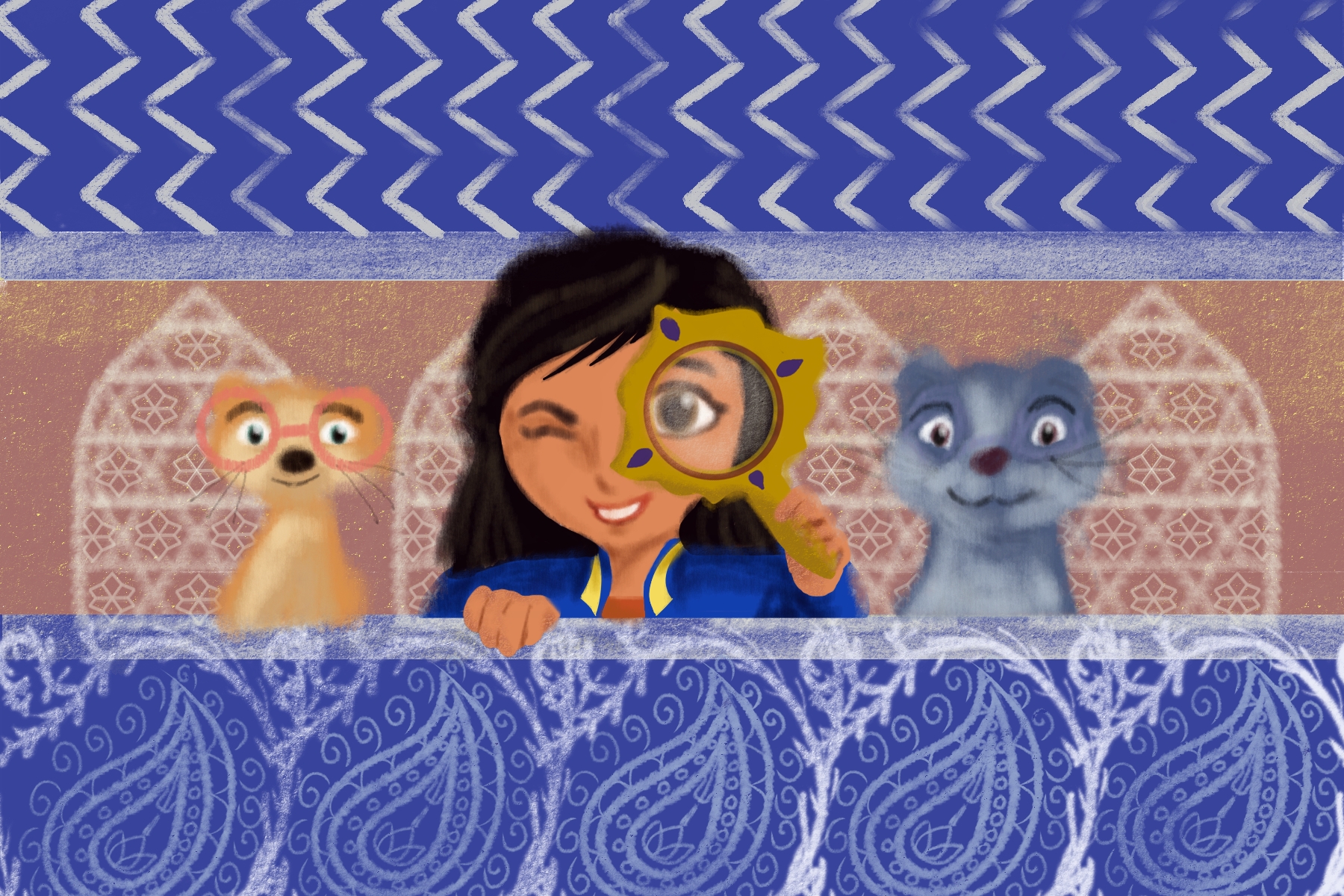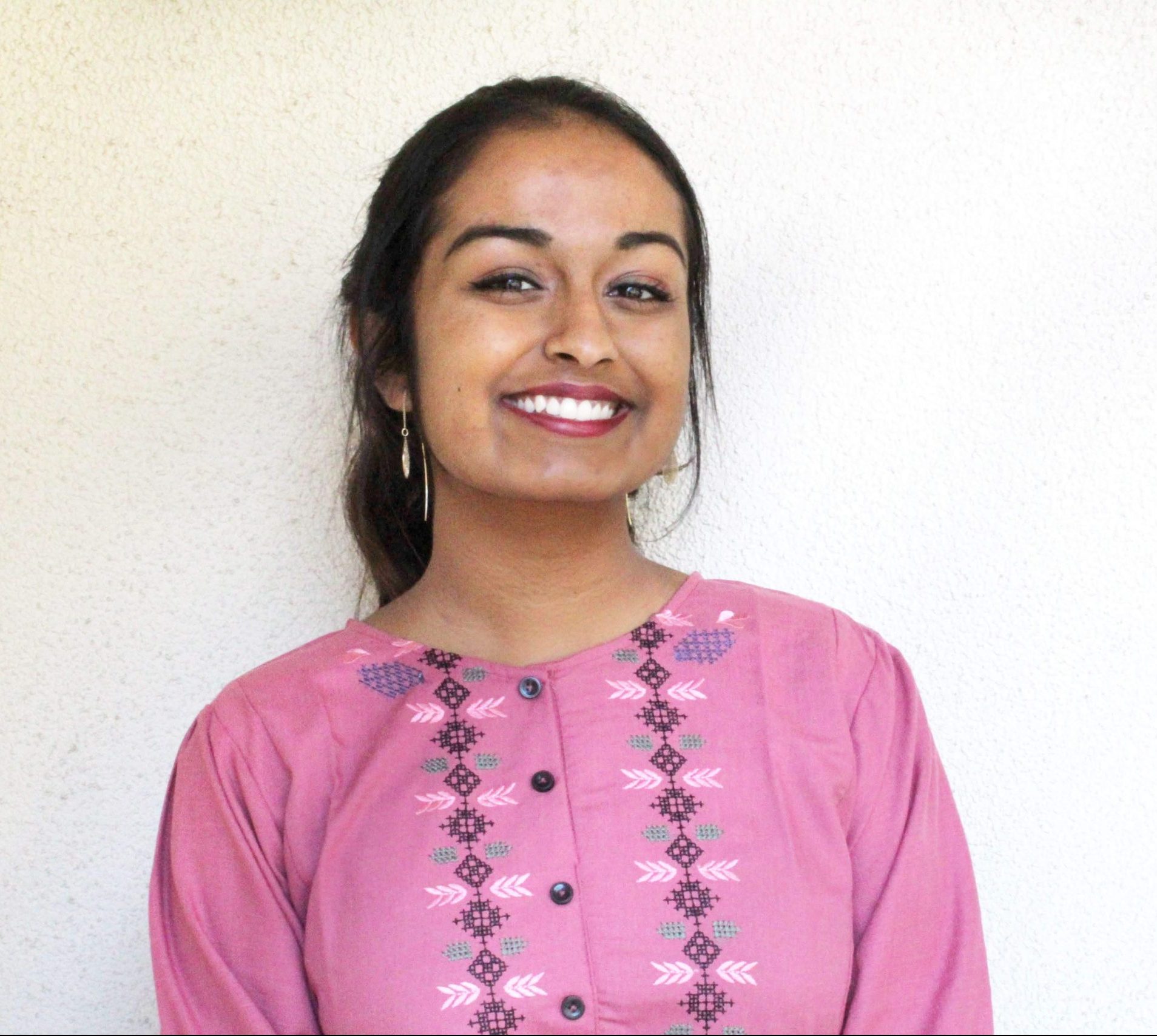A few weeks ago as the country hurriedly went into quarantine, I embarked on a final assignment for one of my classes: reading Hans Rosling’s 2018 bestseller, “Factfulness.” It’s a beautiful, thorough book about how the information we consume is filtered through layer upon layer of unconscious bias that ultimately give us a poor picture of a decently prosperous world. It was outstanding, and profoundly hope-giving. Except it was absolutely the wrong time to read anything, however well-researched, that claimed that the state of the world was actually better than we thought it was.
But the book did expose me to an idea I’ve since been seeing more and more — that though parts of the world appear to be frustratingly stagnant, or indeed appear as though they’re going backwards, real progress has been made. Things have changed since the dawn of humanity. Things that were once okay are okay no longer, and it’s this recognition of genuine progress that can be your life raft when things get difficult.
We all could use a life raft these days. Over the past several weeks we’ve been forced to confront the gaping holes in the systems and institutions we depend on, showing that there have been real, shining gems that can remind us of how far we’ve come. And one of these gems emerged out of Disney Junior early this year in the form of an animated TV show titled “Mira, Royal Detective.”
Set in the Indian-inspired port city of Jalpur, this animated show for kids has, in short, blown up over the past few weeks. It’s received coverage across major news networks and social media, as well as very high reviews from viewers across the globe. And once you watch it, it’s pretty easy to understand why. The show follows young Mira, whom Queen Shanti of Jalpur has appointed Royal Detective, a position previously held by stuffy-looking mustachioed men.
Each episode she’s handed a new case to solve by the residents of Jalpur, which she accomplishes with the help of playful, inventive Prince Neel and her two mongoose sidekicks, Mikku and Chikku. The show is traditional in its progression, akin to other kids shows —– the good guys always win at the end and justice is served, as well as samosas and chai. What makes it unique — and unprecedented — is its uncomplicated yet thorough depiction of Indian culture for a young, American audience.
The show makes use of some standard Bollywood tropes like musical numbers and wild coloring in tones of saffron, red, purple, gold — the colors we’ve been primed to associate with India. The settings are also strewn with paisley patterns (like in the clouds in the opening sequence of the first episode) and ogee arches, an architectural feature commonly associated with India and the Middle East. The theme song is populated with classic Indian instruments like the tabla and the animated dance numbers feature typical Desi choreography. Not to mention its cast of characters include South Asian legends like Kal Penn, Freida Pinto and Jameela Jamil. In short, “Mira, Royal Detective” is unapologetic in its Indian-ness, but doesn’t overdo it. It plays off of common associations, keeping its audience in mind, but strays away from the trap of stereotyping.
And this feature of the show — keeping its audience in mind — is the key to its success. A TV show featuring only Indian characters in an Indian place produced by an American children’s television company is a novelty, and it sends an important transnational message. There are obstacles facing every ethnic group attempting to actualize in the United States. The struggle of accurate and un-fetishized representation in the media is one such obstacle. Much of the strength of this show lies in its employment of a South Asian cast, which, according to Leela Ladnier (the voice of Mira herself), generated a commitment “to making sure that everything got represented in an authentic way.” For the kids who are the intended audience, this intentionality could be the cornerstone for their cultural education.
A notable feature of the show that fulfills this goal of authentic representation is the names of its characters — all of them Indian, and all of them pronounced by the voice actors in the traditional way. The rest of the dialogue is performed in the voice actors’ Western accents, but when it comes to names, they are cautious not to Americanize them. As a South Asian with a rather complicated name myself, this was unbelievably refreshing — the show makes sure not to compromise the authenticity of South Asian identities in favor of appealing to an American public.
But the preservation of authentic names isn’t just a point of pride for South Asians watching this show; it’s also an attempt at championing togetherness. The fantasy city of Jalpur is a melting pot of different Indian cultures. The same city that is home to Ranjeet and Manjeet (which are typical Punjabi names from the north of India) is also home to Kamala, Sandeep and Priya (typical names from the south of India). North Indian and South Indian culture differ vehemently, but this show brings both together to present a multifaceted but ultimately unified picture of the subcontinent. And it’s not just in the names — the third episode ends with a dance sequence blending Bhangra music (from Punjab) with classical music. This is an explicit representation of Jalpur as a melting pot of Indian culture: an avenue for immigrant nostalgia and cultural unity.
“Mira, Royal Detective” is the first of its kind. The influence it’s having on Americans, South Asian or otherwise, has the potential to change the way America perceives the subcontinent. And, perhaps more importantly, it can change the way South Asian Americans see themselves. Our previous “role models,” now notorious for being, at worst, racist caricatures, include Apu from “The Simpsons” and Raj from “The Big Bang Theory.” We can do better. As an article from The Juggernaut says, having a positive South Asian role model, especially for children, “means that future generations of diaspora kids can grow up feeling more seen and perhaps more curious about their heritage.” And perhaps more comfortable with it.
In this time of intense global confusion and tragedy, we could all use a victory, however small. A show like “Mira, Royal Detective” emphasizes how far we’ve come and gives us a glimpse into the more tolerant world that future generations will grow up in. Even if it can be overshadowed at times, the progress we’ve made is real, genuine and honest.

















